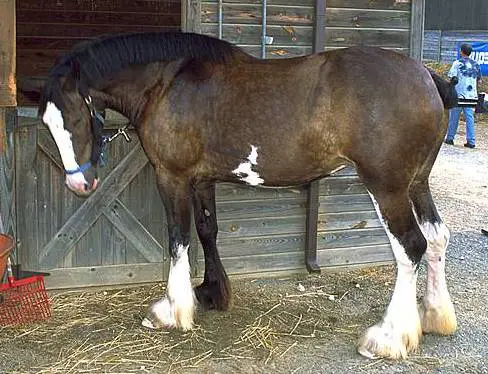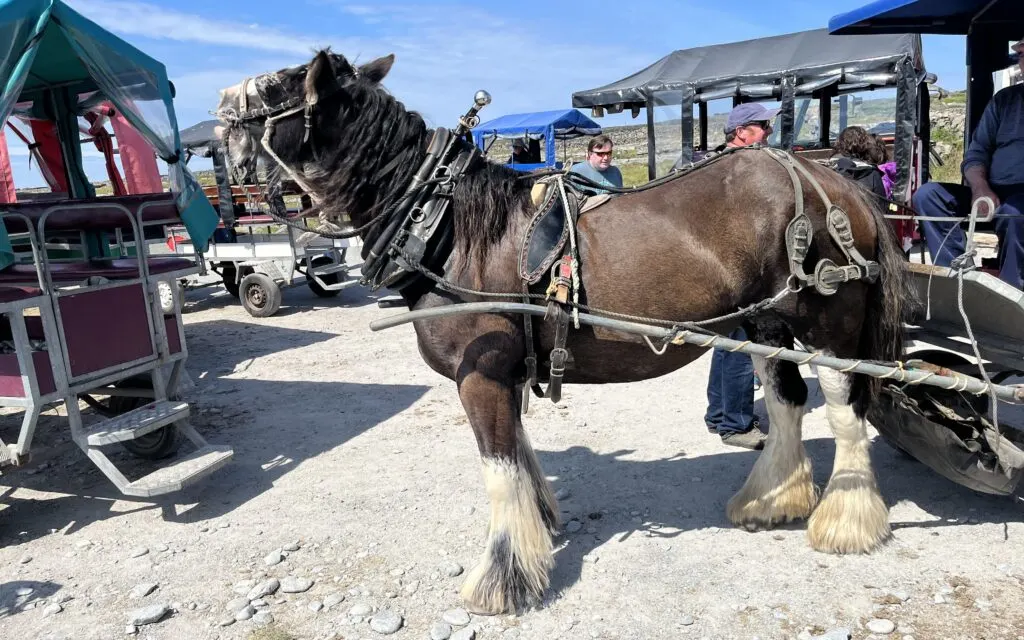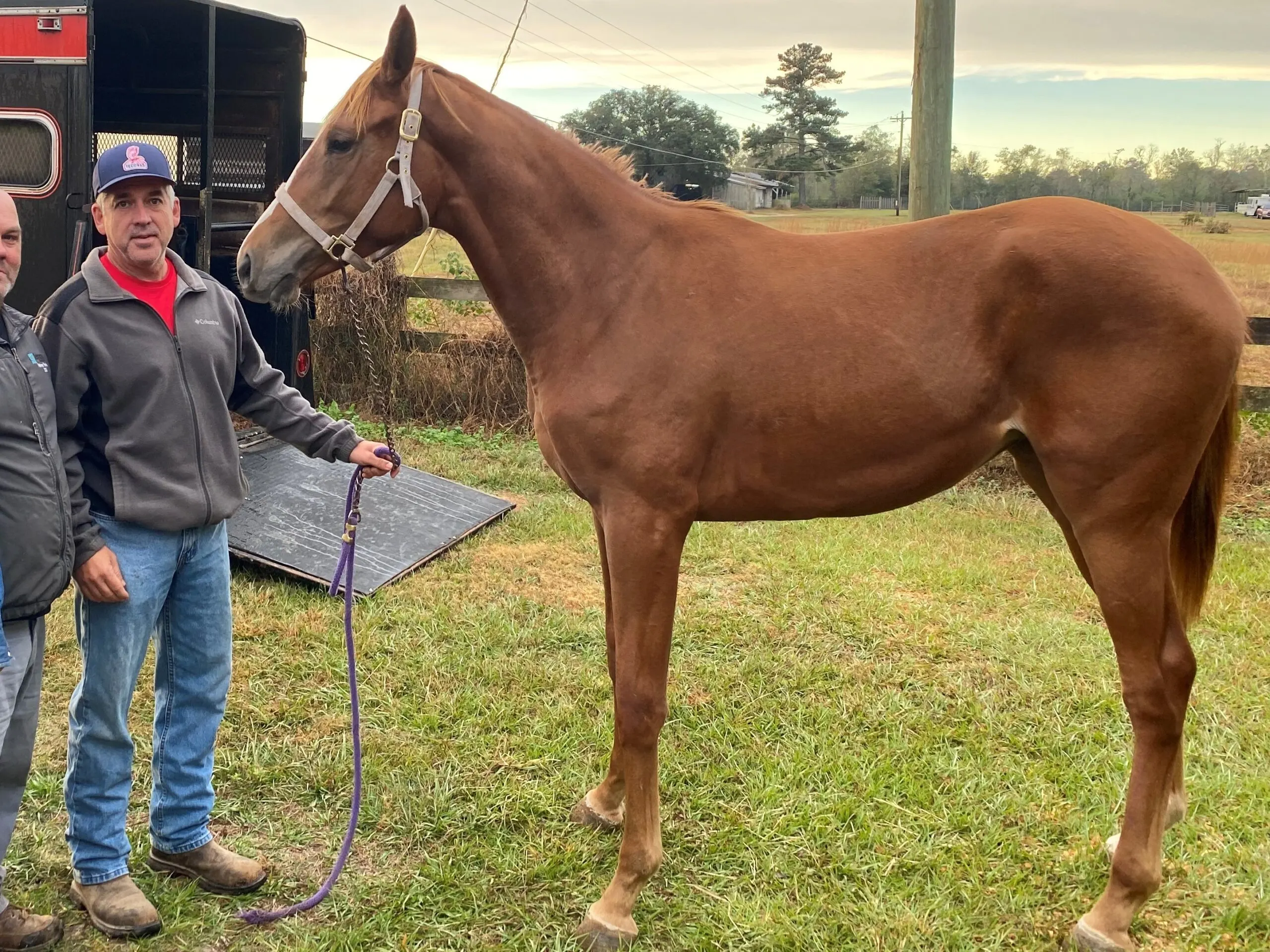Last updated: February 27, 2024
The length of a horse’s tail can reveal a lot about their health, genetics, and the care they’ve received. With years of hands-on experience in the horse world, I’ve come to appreciate the significance of even the smallest details, such as tail length. This article sets out to explore the varied reasons why some horses have short or sparse tails.
While genetics play a crucial role for some, practices like tail docking contribute to the shorter tails seen in others. Leveraging personal insights, expert knowledge, and comprehensive research, I aim to uncover all the factors that lead to short tails in horses, providing a well-rounded perspective on this aspect of horse care.

Reasons for Short Tails in Horses
Genetic Factors:
- Breeds with Short Tails: Appaloosa and Norwegian Fjord horses naturally have sparse or short tails due to their genetic makeup.
- Insight: Genetic predispositions play a significant role, with certain breeds exhibiting these traits as part of their unique characteristics. Read the research.
Practical Reasons:
- Hygiene and Safety: Short tails are easier to keep clean and less likely to get tangled in equipment, enhancing safety in various equestrian activities.
- Performance: In disciplines like show jumping or dressage, a shorter tail can prevent interference, potentially improving performance.

Human Preferences and Aesthetic Practices:
- Tail Docking: Historically practiced for practical reasons, now often seen in specific breeds for aesthetic purposes in show rings.
- Cultural Practices: Tail modifications, including braiding and trimming, reflect human aesthetic preferences and cultural practices.
Ethical Considerations:
- Debate on Tail Docking: The practice raises ethical questions, with a shift towards prioritizing animal welfare and natural care methods.
- Legal and Welfare Standards: Varying laws reflect growing awareness and advocacy for the humane treatment and care of horses.
Short tails in horses result from a combination of genetics, practical considerations, human preferences, and ethical standards. Understanding these factors helps in appreciating the diversity and care practices in the equine world.

Tail Docking: A Historical and Modern Perspective
- Origins: Tail docking began in 17th-century Great Britain to distinguish English from French horses, which involved ‘nicking’ and ‘docking’ methods.
- Evolution: Transitioned from a practical necessity to a cosmetic choice, especially in draft horses for show purposes.

The Procedure and Its Implications
- Methods: Historically performed with tongs or guillotine, it now often involves surgical removal or ligature for tail shortening.
- Pain and Welfare Concerns: Significant ethical questions are raised due to the pain caused, with modern studies highlighting the need for reevaluation based on animal welfare.
- Study Reference: Eyarefe, O. D., & Oguntoye, C. O. (2016). Cosmetic tail docking: an overview of abuse and report of an interesting case. BMC Veterinary Research, 12, 66. Read the study
Ethical and Legal Considerations
- Animal Welfare: Docking impacts a horse’s communication and balance and can cause stress and behavioral changes.
- Legal Status: Varies globally, with some regions banning cosmetic docking, reflecting growing animal welfare advocacy.

The Role of a Horse Tail
The tail is a crucial part of a horse’s anatomy, essential for health, safety, and communication. It’s not just for looks; the tail has several vital functions that contribute to a horse’s well-being and social interactions.
Health and Safety Functions
- Natural Fly Swatter: Helps protect against biting insects, preventing irritation and disease.
- Weather Shield: Guards the rear and hindquarters against extreme weather, from sun to rain and cold.
- Prevents Debris Accumulation: In some breeds, the tail’s thick hair prevents mud and debris build-up, protecting against infections.
Communication Tool
- Emotional Indicator: Tail movements express emotions; a relaxed tail suggests contentment, while sharp swishes may indicate irritation.
- Social Signals: Tail positioning and movement convey messages of dominance, submission, or mating readiness within herd dynamics.
- Impact on Social Order: A short or docked tail may limit motion range, affecting signal clarity and herd interaction.
- Influence in Competitions: A full, flowing tail enhances a horse’s presentation, symbolizing vitality and health.
Understanding the multifaceted role of horse tails underscores the importance of thoughtful care and management, ensuring horses maintain their physical and social well-being.

Caring for Horses with Short Tails
Caring for horses with short tails, whether due to natural genetics or docking, requires thoughtful attention and a commitment to their overall well-being. By following these maintenance and health monitoring guidelines, owners can ensure their horses remain comfortable, healthy, and well-cared for.
Maintenance and Grooming Tips
Caring for horses with short tails, whether naturally short or docked, requires specific attention to ensure their comfort and health. Here are some practical grooming and maintenance tips for horse owners:
- Regular Cleaning: Keep the tail and dock area clean to prevent dirt buildup, which can lead to skin irritation or infections. Use gentle, horse-specific cleaning products and ensure the area is thoroughly dried after washing.
- Fly Control: Since horses with short tails have less natural defense against insects, it’s important to implement effective fly control measures. This can include the use of fly sprays, fly sheets, or tail bags to provide additional protection.
- Regular Inspection: Check the tail and dock area regularly for any signs of irritation, cuts, or swelling. This is particularly important for docked tails, as they may be more prone to sensitivity or complications.
- Gentle Brushing: If the horse has some tail hair remaining, brush it gently to prevent tangles and remove debris. Use a wide-toothed comb or a soft brush designed for horse hair.
- Balanced Diet: A healthy diet contributes to good skin and hair health. Ensure your horse has a balanced diet rich in essential nutrients to promote healthy tail hair growth and skin condition.
Health Monitoring
Monitoring the health and well-being of horses with short tails involves being vigilant about certain aspects:
- Skin Health: Pay close attention to the skin around the dock and tail area. Look out for signs of dermatitis, sunburn (in the case of very short tails), or other skin conditions.
- Behavioral Changes: Observe any changes in behavior that might indicate discomfort or irritation due to the short tail. This includes excessive tail swishing, rubbing against objects, or signs of distress when flies are present.
- Social Interaction: Monitor how the horse interacts with others, especially in a herd setting. A short tail might affect its communication and social behavior.
- Veterinary Check-Ups: Regular check-ups with a veterinarian are crucial. They can provide professional advice on tail care, especially for docked tails, and address any health concerns promptly.
- Seasonal Care: Tail care might vary with seasons. In summer, focus on fly protection, while in winter, ensure the tail area is protected from the cold and damp conditions.

FAQs on Short Horse Tails
Why do some horses have naturally short tails?
Natural short tails in horses are often due to genetic variations specific to certain breeds, dictating the tail length and density.
What is tail docking in horses?
Tail docking is the practice of shortening a horse’s tail, typically for reasons related to safety, cleanliness, or aesthetics.
How does tail length affect a horse’s communication?
Horses use their tails for communication and social interaction. A shorter tail may limit their ability to communicate effectively with other horses.
Can tail docking impact a horse’s health?
Yes, tail docking can lead to health issues such as skin irritation, infection, and long-term sensitivity in the dock area.

Conclusion
In exploring the various reasons behind the differing tail lengths in horses, we’ve delved into a topic that intertwines genetics, tradition, and animal welfare. From the natural short tails of breeds like the Fjord Horse to the practice of tail docking in draft horses, each aspect reveals a unique facet of equine care and management.
We’ve seen how tail length can impact a horse’s ability to communicate, protect itself from insects, and even how it interacts within its social environment. The ethical considerations surrounding practices like tail docking have highlighted the evolving understanding of animal welfare and the responsibilities of those who care for these magnificent creatures.
As we reflect on these insights, it becomes clear that our approach to horse care should always prioritize the well-being and natural characteristics of the horse. Whether we are horse owners, breeders, or simply enthusiasts, our actions and choices should be informed by both respect for tradition and a commitment to ethical, humane treatment.
Poll Question
Additional Resources
For further reading and to deepen your understanding of equine care, consider exploring the following resources:
- The Horse: Your Guide to Equine Health Care
- American Association of Equine Practitioners
- International Society for Equitation Science
These sources offer a wealth of information on horse health, behavior, and welfare, providing valuable insights for anyone interested in equine topics.
Stay Connected and Informed:
- If you found this guide helpful, consider signing up for our newsletter for more insights and updates on horses and horse ownership.
- For personalized advice or specific inquiries, feel free to contact me directly. I’m here to help guide you through your horse ownership journey.
Join the Conversation:
- I encourage you to share your thoughts, experiences, or questions in the comments section below. Let’s create a community of informed and passionate horse lovers.
- Don’t forget to share this article with your network. Use the social share buttons to spread the knowledge and love for owning and caring for horses.
Thank you for reading, and I look forward to connecting with you, whether it’s through our newsletter, direct communication, or in the comments section. Here’s to the thrilling journey of racehorse ownership!
Meet Miles Henry
An avid equestrian and seasoned racehorse owner, Miles Henry brings his extensive experience to the equine world, proudly associating with the AQHA, The Jockey Club, and various other equine organizations. Beyond the racetrack, Miles is an accomplished author, having published various books about horses, and is a recognized authority in the field, with his work cited in multiple publications.
🔗 Connect with Miles:
Twitter
Facebook
YouTube: Check out race highlights, horse care tips, and more!

